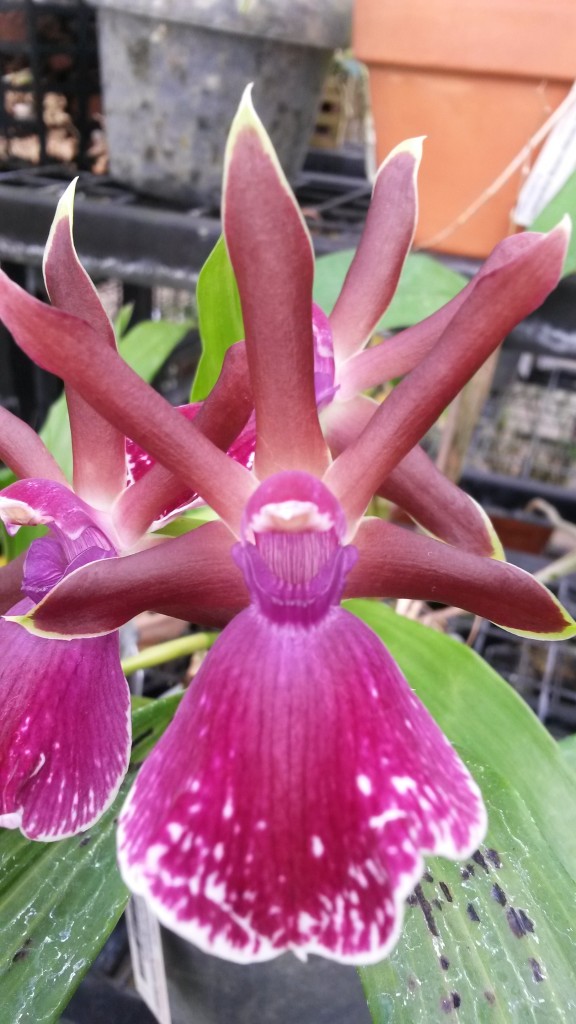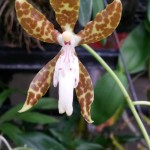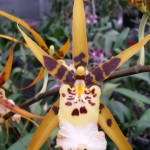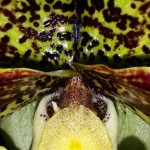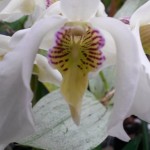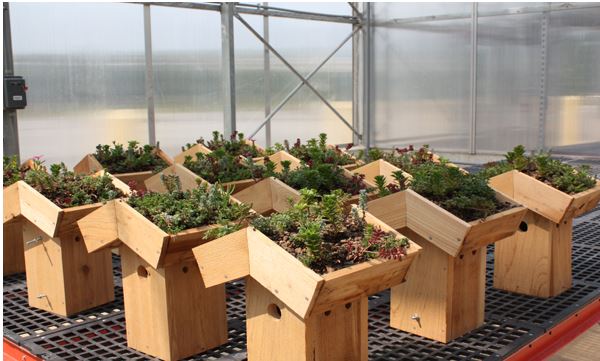Orchid Flowers: Beauty and Biodiversity
Orchid Flower Pictures
Sometimes I get lucky enough to be able to travel to some very interesting places and meet amazing new folks. One such example was a recent visit to the Smithsonian Gardens support center. We were filming for a project, and during the filming breaks I couldn't help but marvel at the biodiversity of orchids which they cultivate. But it wasn't just orchids that they offered. Smithsonian Gardens is a series of many gardens around the National Mall, in Washington DC. But, they are much more than just gardens, they are also a hub of orchid conservation and biodiversity.
First, the gardens. There are 14 in all, including a rose garden, Victory Garden of vegetables raised during WWII, Native American garden, pollinator garden, and many more. You can click here to see a complete list. Most visitors to the National Mall don't realize how carefully planned and arranged the gardens are around the museums. Horticulturalists work tirelessly to maintain the plants and habitats. My favorite is a current garden exhibit behind the main castle, in the Enid A. Haupt Garden, which features extinct birds. It's called the "Lost Bird Project" and featured sculptures from Todd McGrain. There are walks in the gardens, and guided tours May through September of the various gardens. Horticulturalists are also responsible for the beautiful plant displays inside the museums as well. This includes anything from the poinsettias and Christmas trees to orchids, cycads, and ferns.
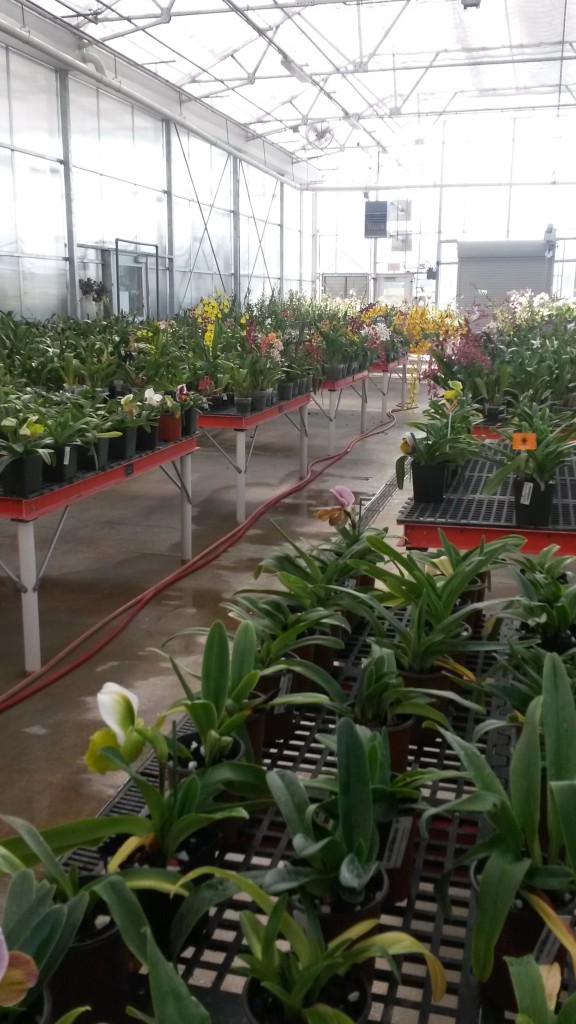
SI Gardens are supported by greenhouse nursery operations in Suitland, MD. The operations aren't open to the public, but they are available to some researchers and botanists. This is because they house the Smithsonian Gardens Orchid Collection (SGOC). The collection has over 8,000 specimens for exhibits, research, and education purposes. It is a part of the North American Plant Collections Consortium, which is sort of like a Noah's Ark of genetic biodiversity of plants. The Smithsonian is the first member of the Orchidaceae tropical species curatorial group, which makes it quite distinguished.
As stated on their website:
The Smithsonian Gardens Orchid Collection is currently well represented in New World genera such as Cattleya, Encyclia, Laelia, Brassavola, Epidendrum, Isochilus and Sobralia as well as Maxillaria, Lycaste, Oncidium, Brassia, Miltoniopsis and a wide array of Pleurothallids. Australian and Asian species of Dendrobium and Bulbophyllum are another area of specialty. Other Sarcanthine orchids include a large and varied group of Vanda and Ascocenda hybrids and a significant selection of African Angraecoids, many of which are quite rare in cultivation.
SI Gardens will be partnering with the National Museum of Natural History, January through April of 2015, to host a new exhibit of these orchids, called "Orchids: Interlocking Science and Beauty." They will feature over 300 different species, which will be changed out regularly.
I wanted to share with you some orchid pictures I took while on my trip to the greenhouses. Hopefully these will get you inspired to attend the exhibit. Here is a gallery of orchid flower pictures. You can click on each one to see a larger pictures.
ORCHID FLOWER PICTURE GALLERY
(All photos taken by Karen McDonald, please ask permission for use)
SI gardens also has some great orchid flower pictures on their website too. Check out their pictures from the "Orchids of Latin America" exhibit. You can also find galleries of North American orchid flower pictures (and great information) from the Smithsonian Environmental Research Center and the North American Orchid Conservation Center. Here's a short video about their North American orchid ID guide:
One of the features of the Next Generation Science Standards (NGSS), for elementary though high school students, is a focus on biodiversity. Orchids are a great gateway plant for such studies, especially because of their unique relationship with pollinators. They have adapted to attract anything from wasps and moths to flies and humans. My favorite plants in the greenhouse had nectar wells that were nearly 6" long, specifically designed for the needs and use of one species of moth that has a very long tongue! Others smelled like chocolate and cinnamon. Vanilla beans are also the fruit of orchids. Most people don't realize that they eat orchids regularly!
Smithsonian Gardens is one of the rare gems on the National Mall, and an ark of orchid biodiversity and conservation. Next time you're in DC, take a look as you walk around, and be sure to visit the exhibit at Natural History. You may even see their orchids in unexpected places, like inside the SI Castle or the National Museum of American History.
Need a neat idea for the spring? Check out the green-roof bluebird box designs that SI Gardens have built and installed. Click here for free plans.


